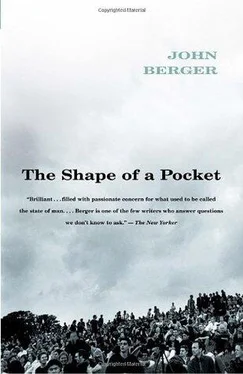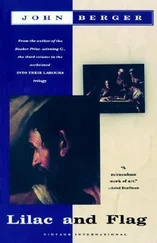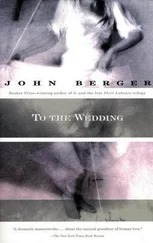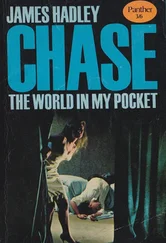Since Antonioni exhibits as a painter, I’m not pointing out anything very original here. But if we go back to the Po and the Madonna of the Fog, and if we remember how he’s a painter, we discover, I think, a clue to his life’s work.
Antonioni’s films question the visible until there’s not enough light to see any more. The visible may be Monica Vitti or Marcello Mastroianni or a river bank or a ship’s hull or a tree or a tennis court. Unlike a true painter he can’t touch the image with his hands; he has to worry it in other ways — by lighting, by movement, by waiting, by a kind of cinematic stealth. His purpose is to make us peer into his films as one peers into the Po as it flows, as Monet peered into the depths of his water lily pond, as one walks peering through the fog.
The hope which, I believe, sustained him as he made each film, was that, as we peer, something will come to meet us, something that almost escaped him, something so real that it doesn’t have a name.
Halfway through Gente del Po a peasant on the river bank sharpens a scythe and a line of women, dressed in black, rake hay. One of the women straightens her back to gaze at the river as the barges pass. She is young. She is like nobody else. She has slightly protruding white teeth when she smiles. And she smiles, because whilst she gazes at the wide river with its colossal will to reach the sea, something comes out of it to meet her. We can read it on her face. But on the film we can’t see it.
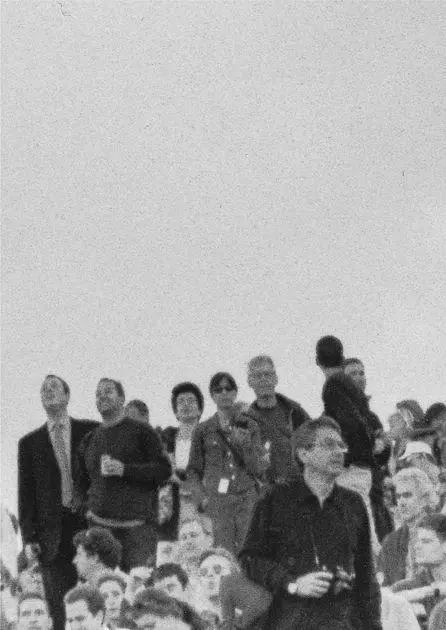
15 Giorgio Morandi (for Gianni Celati)
He was a solitary who lived all his life surrounded by people. The opposite of a hermit. A man closely linked to the everyday life of his neighbours and town, who nevertheless pursued and developed the purity of his own solitude. This is a very specially Italian phenomenon. It is what can happen behind the shutters and the sunblinds. The solitude not of the forest or the cave but of sunlight reflected from a perfectly built wall.
He remained unmarried in a way which is also particularly Italian. Nothing much to do with celibacy or sexual predilection. Rather a hazard determined by statistics — as if each city (in this case Bologna) needs a required number of bachelors and spinsters. What is particularly Italian is the way the hazard is accepted and finally enjoyed as if it were a wrapped sweetmeat served with strong bitter coffee.
His face became like that of a sexton, but a sexton for whom the modest role of looking after the precious objects in the sacristy was not a second-best but rather, the chosen vocation. The face of a virile not timid sexton.
In the late 1920s he believed wholeheartedly in fascism. Later he believed in the discipline of art. This is probably why he did not resent the economic necessity of teaching. He taught engraving and the discipline had to be spotless. Today it is hard to imagine an art less political and more intrinsically opposed to fascism (because totally opposed to any form of demagogy) than Morandi’s.
My guess is that, with his solitude, with his pursuit of reticence, with his daily routines and the lifelong repetition of the motifs he chose to paint (he only had three subjects), he became during the last years of his life a fairly difficult man — in the sense of being obstinate, crotchety and wary.
It may be, however, that just as each city requires a certain number of unmarried citizens, each moment of art needs somewhere a furiously obstinate recluse, inaudibly muttering against over-simplification. In art the temptation to please too easily is ever present: it comes with mastery. The obstinacy of the recluses, familiar with failure, is art’s saving grace. Before Morandi, in the nineteenth century there were Cézanne and Van Gogh; after him — Nicholas de Staël or Rothko. These very different painters shared only one thing: an undeviating (and to themselves unforgiving) sense of aim.
Morandi’s three subjects were flowers, the few bottles and knick-knacks he kept on a shelf, and what he happened to see outside. The term ‘landscape’ suggests something too grand. The trees and walls and patches of grass he chose to paint are no more than what you glance at when you pause on a road to mop your brow in the afternoon heat.
In 1925, when he was thirty-five, he painted a self-portrait. His face is not yet that of the sexton, but the solitude is already there. He sits alone on a stool, listening perhaps to the murmurs from the piazza which come through the open window (we do not see the window) and he says nothing. Nothing because no words can express the intensity of what he guesses as he listens. This kind of silence in a country where so many people sing is also very Italian. (Throughout his life he left Italy only once for a short visit to Switzerland.)
In his left hand he holds a brush. (That he was left-handed is, I feel, important but I do not know why.) In his right hand he holds a palette on which the pigments are exactly the same colours as those that surround him as background. This artful reminder that what we are seeing, including the image of the painter himself, first began with mixing colours tells us something about what is to come.
His art divides itself into three periods, the difference between them being subtle. From the time of the self-portrait until 1940, he paints in order to approach the object being painted — the path under the tree, the flowers in the vase, the tall bottles. We follow him closer and closer. The eventual closeness has nothing to do with detail or photographic precision. It is a question of the presence of the object, almost its body temperature being felt.
In the second period, between 1940 and 1950, I have the impression that the painter stays still and that the objects (the same ones with an occasional sea shell added) are approaching the canvas. He waits and they arrive. Perhaps he is in hiding, so as to encourage them.
In the final period, from 1951 until his death in 1964, the objects seem to be on the point of disappearing. Not that they are faint or far away. Rather they are weightless, in flux, on the frontier of existence.
If we assume this is a progression — that a mastery increased as he grew older — we have to ask: What was he trying to do? The answer, often given — that Morandi is the poet of the ephemeral — doesn’t convince me. The energy of his work is neither nostalgic nor — in any personal sense — intimate. In his life he may have shut himself away. And his odious politics suggest panic. Yet his art is strangely affirmative. Of what?
The drawings and etchings whisper an answer. Because there is no density and no colour the objects there don’t distract us. And we realise that what interests the artist is the process of the visible first becoming visible, before the thing seen has been given a name or acquired a value. The lonely life’s work of the crotchety sexton is about beginnings!
One has to imagine the world as a sheet of paper and a creator’s hand drawing, trying out objects which don’t yet exist. Traces are not only what is left when something has gone, they can also be marks for a project, of something to come. The visible begins with light. And as soon as there is light there is shade. The hand draws shadows on the white of the paper. All drawing is a shadow around light.
The marks weave together, quiver, alternate. And slowly the eye registers and reads the unrepeatable pattern of a particular branch of leaves trembling in front of a particular sunlit wall.
In other words, the objects he paints can be bought in no flea market. They are not objects. They are places (everything has its place), places where some little thing is coming into being.
Читать дальше
